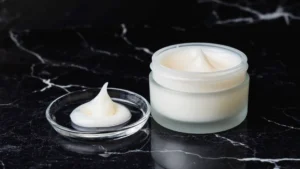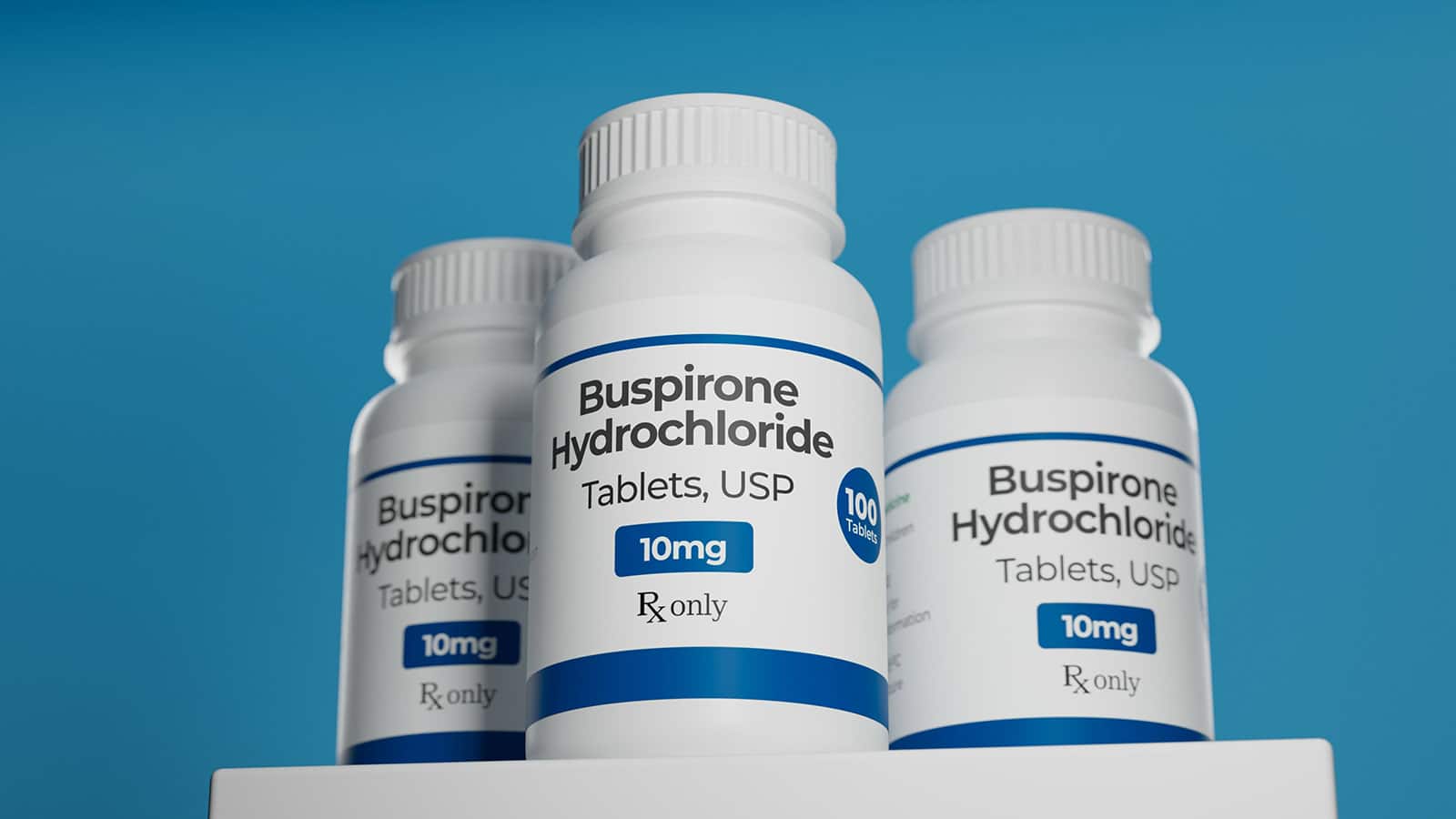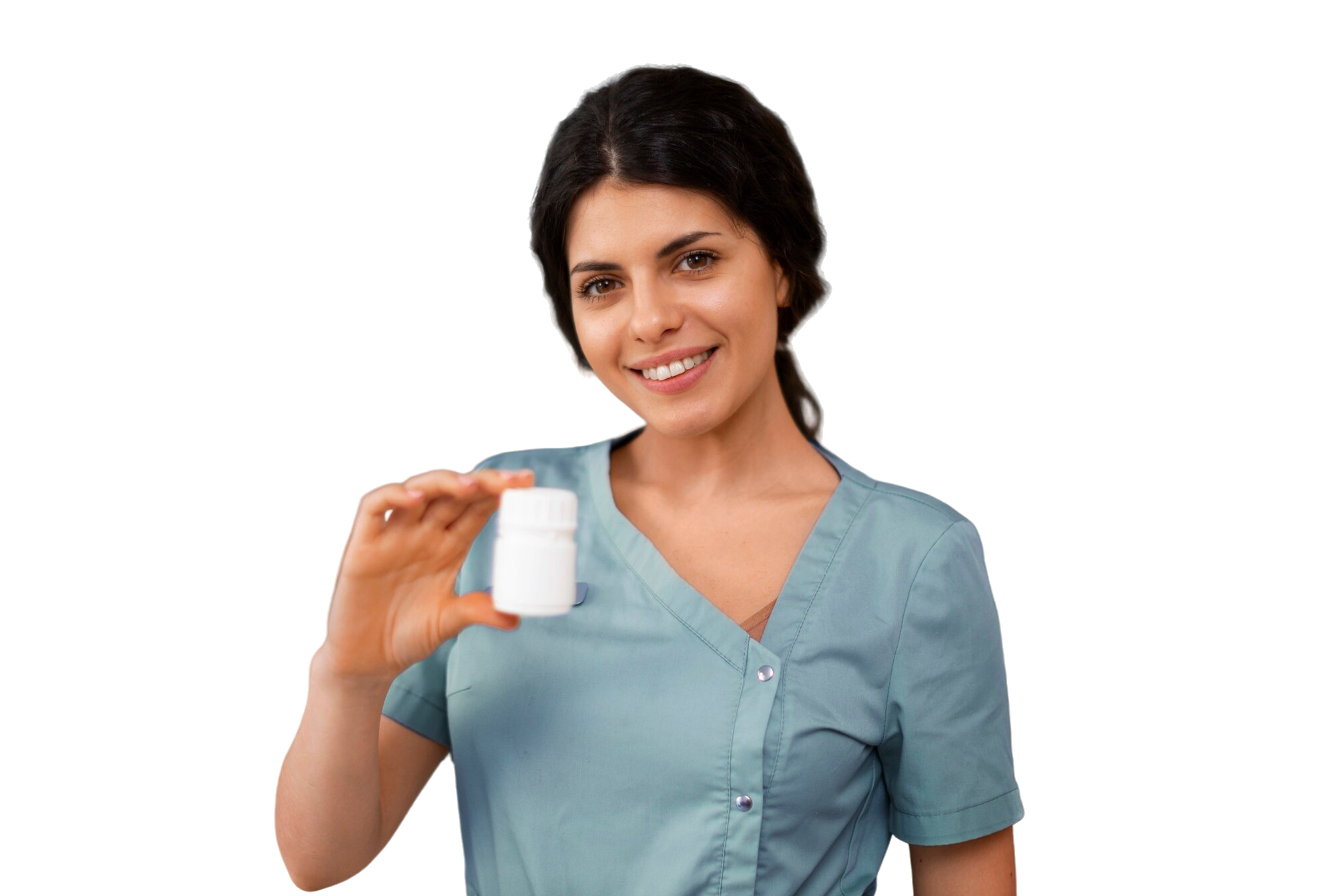
Excessive drooling arises when there is an overproduction of saliva or a diminished ability to control saliva within the mouth. This condition is prevalent in both children and adults and is often linked with neurological disorders such as cerebral palsy, Parkinson’s disease, or post-stroke complications. For some individuals, excessive drooling is a temporary inconvenience, while for others, it can be a persistent and chronic condition.
The Physiology of Drooling
The normal production of saliva plays a crucial role in maintaining oral health, aiding in digestion, and facilitating speech. When the balance of saliva production and clearance is disrupted, it can lead to excessive drooling. The salivary glands, which include the parotid, submandibular, and sublingual glands, produce saliva. Any dysfunction in these glands or in the nervous system control can result in excessive drooling.
Impact on Quality of Life
Excessive drooling can significantly impact an individual’s quality of life. It can lead to embarrassment, social isolation, and can also cause skin irritation or infections around the mouth. In severe cases, drooling can interfere with communication, eating, and other daily activities, necessitating intervention to manage symptoms effectively.
Identifying the Underlying Causes
Identifying the root cause of excessive drooling is essential for effective management. A comprehensive medical evaluation can help determine whether the drooling is due to neurological conditions, medication side effects, dental issues, or developmental delays. Understanding the underlying cause will guide treatment decisions and improve outcomes.
Medications for Managing Drooling

A variety of medications are available to manage excessive drooling. These medications work primarily by reducing saliva production or enhancing muscle control. Below, we explore some of the most commonly prescribed medications for this condition.
Glycopyrrolate
Glycopyrrolate is an anticholinergic medication that reduces saliva production by blocking acetylcholine, a neurotransmitter that stimulates saliva secretion. It is frequently prescribed for children with neurological disorders and is available in both oral and injectable forms.
Usage and Dosage
Glycopyrrolate is typically administered in specific dosages based on the individual’s age, weight, and severity of symptoms. Healthcare providers may start with a low dose and gradually increase it to minimize side effects while achieving optimal results. Consistent monitoring and adjustments are necessary to ensure safety and effectiveness.
Side Effects and Management
Common side effects of glycopyrrolate include dry mouth, constipation, and urinary retention. Patients and caregivers should be vigilant in observing any adverse reactions and communicate with healthcare providers to adjust dosages accordingly. Staying hydrated and maintaining a balanced diet can help mitigate some side effects.
Scopolamine
Scopolamine, also known as hyoscine, is another anticholinergic medication used to manage drooling. It is available as a transdermal patch, which is applied behind the ear and delivers a controlled dose of medication over time.
Application and Benefits
The scopolamine patch offers a convenient and consistent method of reducing saliva production, making it ideal for patients who have difficulty with oral medications. The patch is typically replaced every three days, providing a continuous therapeutic effect without the need for frequent dosing.
Potential Side Effects
The side effects of scopolamine can include drowsiness, blurred vision, and dizziness. Patients should exercise caution, especially when engaging in activities that require alertness, such as driving. Regular consultations with healthcare providers are important to assess the patient’s response to the medication and adjust treatment as needed.
Atropine Drops
Atropine drops are used sublingually (under the tongue) to reduce saliva production and are often preferred in pediatric cases due to their rapid onset of action.
Administration and Effectiveness
Atropine drops are administered in small doses, typically two to three times a day, depending on the patient’s needs. This medication is known for its quick action, making it a popular choice for managing acute episodes of excessive drooling.
Monitoring and Side Effects
Possible side effects of atropine include dry mouth, difficulty urinating, and increased heart rate. Regular monitoring by healthcare providers is essential to ensure safe and effective use. Parents and caregivers should be instructed on proper administration techniques and advised to report any adverse reactions promptly.
Alternative Treatments

by Terry Shultz P.T. (https://unsplash.com/@elektrikpm)
Beyond medications, there are alternative treatments available to manage excessive drooling. These treatments can be employed alone or in conjunction with medications to enhance results.
Botulinum Toxin Injections
Botulinum toxin, widely known as Botox, can be injected into the salivary glands to reduce saliva production. This treatment is effective for several months and can be repeated as necessary.
Procedure and Benefits
Botulinum toxin injections are minimally invasive and can be performed in an outpatient setting. The treatment works by temporarily paralyzing the muscles of the salivary glands, thereby reducing saliva production. Patients typically experience significant improvement in drooling within a week of treatment.
Considerations and Risks
While generally safe, botulinum toxin injections may carry risks such as localized pain, infection, or temporary weakness of nearby muscles. Patients should discuss potential risks and benefits with their healthcare provider and follow post-procedure instructions carefully to minimize complications.
Speech and Occupational Therapy
Speech and occupational therapy can help individuals develop better control over their oral muscles, thereby reducing drooling. These therapies can be especially beneficial for children with developmental delays.
Therapeutic Techniques
Therapists employ various techniques to strengthen oral muscles, improve swallowing, and enhance overall motor control. These may include exercises, games, and activities tailored to the individual’s specific needs and abilities.
Long-term Benefits
Consistent participation in speech and occupational therapy can lead to long-term improvements in drooling management. Families and caregivers are encouraged to engage in therapy sessions and continue exercises at home to maximize benefits.
Surgical Options
In severe cases, surgical intervention may be considered. Surgical procedures can include repositioning of salivary ducts or removal of salivary glands. Surgery is typically reserved for cases where other treatments have failed to produce satisfactory results.
Types of Surgical Procedures
There are several surgical options available, each targeting different aspects of saliva production and flow. These include duct ligation, relocation, or gland excision. The choice of procedure depends on the patient’s specific condition and overall health status.
Recovery and Outcomes
Recovery from salivary gland surgery varies depending on the procedure performed. Patients may experience temporary swelling, discomfort, or changes in saliva production. Long-term outcomes are generally positive, with many patients achieving significant reductions in drooling.
Considerations and Precautions
When considering medications for excessive drooling, it is important to balance the benefits against potential side effects. Consultation with a healthcare provider is crucial to determine the most appropriate treatment plan based on individual needs and medical history.
Monitoring and Follow-up
Regular follow-up appointments are essential to monitor the effectiveness of the treatment and make necessary adjustments. Patients should report any side effects or concerns to their healthcare provider promptly to ensure safe and effective management of symptoms.
Importance of Communication
Open communication between patients, caregivers, and healthcare providers is vital in managing excessive drooling. This collaborative approach ensures that treatment plans are tailored to the individual’s needs and that any issues are addressed quickly and effectively.
Lifestyle Modifications
In addition to medical treatments, lifestyle modifications can also help manage drooling. These can include improving posture, maintaining good oral hygiene, and using absorbent materials to manage saliva.
Practical Tips
Simple changes, such as using bibs or absorbent towels, can help keep the skin dry and prevent irritation. Encouraging regular oral care routines can also reduce the risk of dental issues that may contribute to drooling.
Integrating Changes into Daily Life
Incorporating lifestyle modifications into daily routines can enhance the overall effectiveness of medical treatments and improve quality of life. Families and caregivers should work together to implement these changes consistently.
Conclusion
Excessive drooling can be a challenging condition, but with the right medications and treatments, it can be managed effectively. By understanding the available options and working closely with healthcare providers, individuals can find relief and improve their quality of life. If you or someone you know is struggling with excessive drooling, consult a healthcare professional to explore the best treatment options for your situation. Taking proactive steps towards management can make a significant difference in daily life and overall well-being.



